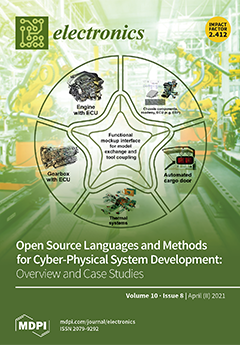A frequent cause of lower back pain presenting with leg pain is a herniated lumbar intervertebral disc. A herniation or a herniated lumbar disc is a change of position of disc material (nucleus pulpous or annulus fibrosis). Usually, the lower back pain goes away within days or weeks. Regular treatment techniques for lower back pain include medication, exercises, relaxation methods and surgery. Back pain and back problems regularly occur in the lumbar region. The spinal canal is made up of vertebrae; each one protects the spinal nerves. Intervertebral discs and facet joints connect the vertebrae above and below. Groups of muscles and ligaments hold the vertebrae and the discs together. Muscles support the spine and the body weight, and they allow us to move. Pressure can result in excessive wear and tear of the other structures. For example, a common problem in the lower back is disc herniation. In this case, pressure on an intervertebral disc makes its center, the nucleus pulposus, protrude backwards and push against the spinal nerves, leading to lower back pain. Detection and classification are the two most important tasks in computer aided diagnosing systems. Detection of a herniated lumbar disc from magnetic resonance imaging (MRI) is a very difficult task for radiologist. The extraction of herniated discs has been achieved by different approaches such as active contours, region growing, watershed techniques, thresholding and deep learning. In this study, to detect intervertebral disc from axial MRIs we develop a method using generative adversarial networks (GANs), especially the CycleGAN model, to automatically generate and detect intervertebral disc and to classify the type of the herniated lumbar disc such as foraminal or median. We propose to explore the importance of axial view MRI to determine the herniation type. Accurately, GANs and other generative networks have created several ways to tackle different problems well known and challenging of medical image analysis, such as segmentation, reconstruction, data simulation, medical image de-noising, and classification. Moreover, their efficiency to synthesize images and data at unprecedented levels of realism also gives hope that the chronic scarcity of labeled data in the medical field can be resolved with the help of these generative models. In our case, having a database that contains several images is a very difficult task. In this paper, we put forward a new approach based on GANs, in order to solve the problem of lumbar intervertebral disc images reduction. This method is based especially on CycleGAN. Consequently, the essential objective of our work is to generate and automatically classify the herniation type as foraminal or median using GANs. Our computer aided diagnosis (CAD) system achieved a 97.2% accuracy on our dataset. This result represents a very high-performance results by providing the state of the art and our work utilizing the GANs technique. Our CAD is very effective and efficient for classifying herniations of lumbar intervertebral discs. Therefore, the contribution of this study appears in: firstly, the use of the CycleGAN model based on convolutional layers to detect and classify the herniation type (median or foraminal) in lumbar intervertebral discs, secondly, the use of axial view MRI in order to classify the type of the herniated intervertebral disc. The main objective of this paper is to help radiologists automatically recognize and classify herniated lumbar discs.
Full article





